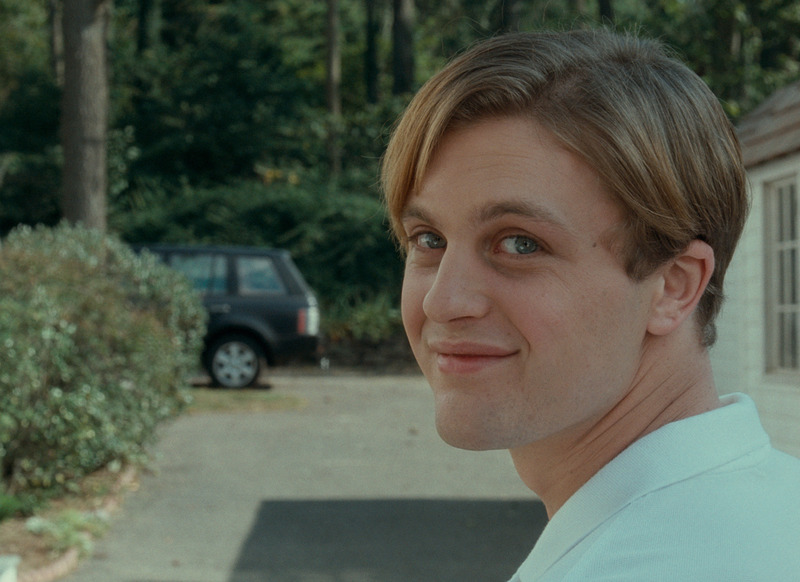
In art, it sometimes happens that certain artists rework their own works of art, or create certain variations on them. Monet, for example, painted the same church from slightly different points of view to show how the light changed. And certain musicians have reworked their own songs and even released several versions of the same song on different albums. Just like that, there is also a certain tradition of this that extends into cinema.
There are certain filmmakers who have used not only a certain style for all of their films (such as Wes Anderson), but have also made films about the same topics, and created variations of these themes over the course of several themes. Filmmakers like Yasujiro Ozu, Hong Sang-Soo and Hirokazu Koreeda come to mind.
Some filmmakers have gone a step further even and remade films that they themselves had made in the past. They have done so for different reasons, sometimes to add elements they hadn’t been able to include in past versions, or sometimes even to completely overwork and improve both plot and style.
The examples on this list should highlight some of the reasons directors have remade their own films, with regards to what has changed and how the remakes compare to their predecessors.
1. Yasujiro Ozu (A Story of Floating Weeds / Floating Weeds)
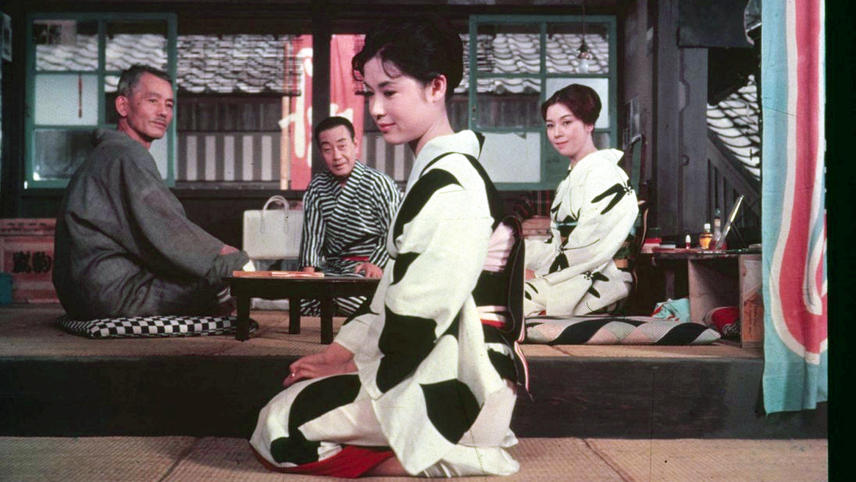
To anybody who knows Ozu’s work, it shouldn’t come as a huge surprise that the director at some point remade one of his own films. His themes and style were quite clear early on in his career, and from then on, he just kept refining the elements that make his films so memorable. He has even been quoted to have said, ”I am like a painter, painting the same rose over and over again.” Some would consider his film “Good Morning” a remake of his earlier “I Was Born, But…” Both of which are absolutely marvelous and touching films.
Yet here we shall take a look at the case of “Floating Weeds,” a remake of his own “A Story of Floating Weeds.” Ozu doesn’t change up many things concerning the plot in his 1959 remake, and even keeps some sequences in the film almost reconstructed shot for shot.
Yet there is one major difference between the two films: while the original film is in black and white, the rake already falls into the period of Ozu’s color films. Just like Antonioni and Kurosawa, Ozu’s switch to making films in color was absolutely masterful and he already used it strikingly in his first color film, “Equinox Flower.”
Looking at “Floating Weeds”, one can’t help but notice Ozu’s extraordinary use of color. Instead of using rather subtle and muted color schemes, Ozu was wonderful at using striking colours that almost popped out of the frame. Especially his use of a bright red color is quite known. “Floating Weeds” has some moments where the colors in the film are just a joy to watch. A very special example of this is a chequered pattern on the window of a location that returns several times in the film.
Yet, this in no way reduces the beauty of his earlier version, since “A Story of Floating Weeds” has just as beautiful black and white photography. Ozu explores the same themes in both films, and while the original is a bit bleaker than its gentle remake, the newer version shows Ozu at a point in his career at which he had completely refined his style.
Both films are absolutely beautiful and deserve to be seen in their own right.
2. Alfred Hitchcock (The Man Who Knew Too Much 1934 version/ 1956 version)
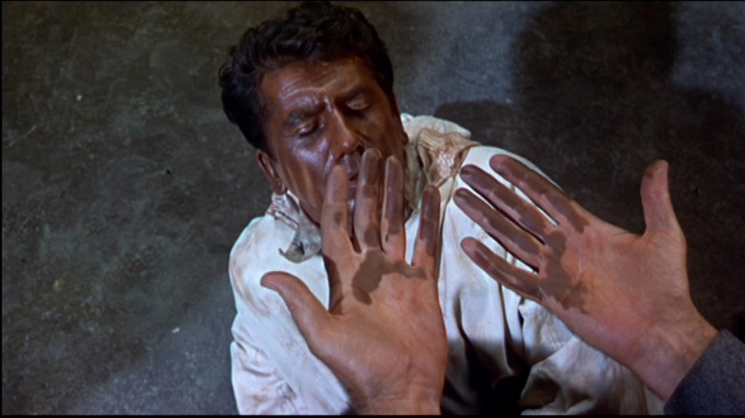
In a way, this shouldn’t come as big surprise. While Hitchcock wasn’t as extreme as Ozu in his reworking of themes and style, he too had elements that can be traced throughout his entire filmography.
As to the reason for this remake, Hitchcock himself alluded to it in Truffaut’s famous book about him. He referred to the original as “the work of a talented amateur,” while considering the remake “the work of a professional.”
For many fans of Hitchcock, this is a rather brutal assessment, since there are many things to love about the original version, which is one of his most successful British films. Especially Peter Lorre’s performance as a villain in the original film is very memorable.
Yet unlike with Ozu’s film, the plots here are quite different. While certain plot points are identical, many details have been changed for the remake, including locations and the profession of a main character. These changes were apparently the result of Hitchcock asking his writer for the remake to not watch the original film, and to only write the script adhering to certain plot points that Hitchcock told him about in a meeting.
The difference is not only visible in plot, but also in style, of course. The remake falls right into the 1950s, a time in which Hitchcock made several of his most loved films like “North By Northwest” or “Vertigo,” and comes with a certain masterful style Hitchcock had attained by that point in his career. Yet for many, the plot and style of the original is more appealing. Unlike Ozu, these two films are rather different, but just like in Ozu’s case, again, both films can stand on their own two feet easily.
3. Michael Mann (L.A. Takedown / Heat)
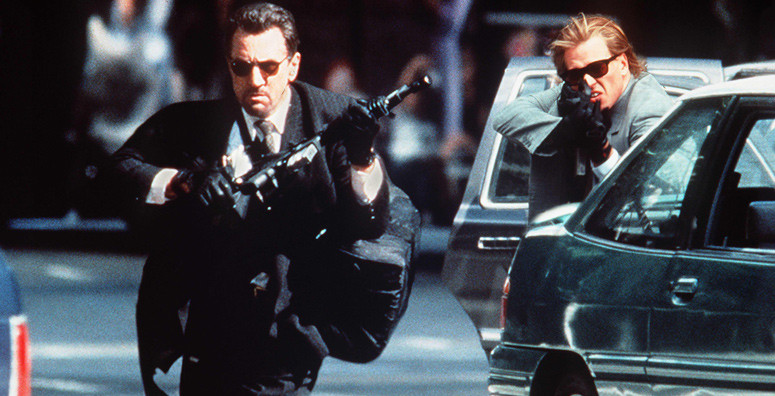
While in the last cases, both the original and the remake have their fans and defenders, the case here is quite different. It is common opinion that Michael Mann’s “L.A. Takedown” is basically a rehearsal for his later film “Heat,” which is a classic of American cinema of the 1990s.
“L.A. Takedown” started life as a failed TV pilot for NBC before it was turned into a TV movie. Most of the plot will be familiar to anyone who watched “Heat,” and even many of the names were kept. Still, it obviously bears the style of a TV movie with its occasionally terribly cheesy music and rather rough look. Yet, it isn’t without its charm, and attracts audiences who liked “Heat,” and Mann’s “Miami Vice” from 2006. In the end, it’s fun to watch, if only to see what Mann accomplished six years later with his magnificent “Heat.” It’s quite clear to see which one of the two is the better film.
4. Michael Haneke (Funny Games 1997 version / 2007 version)
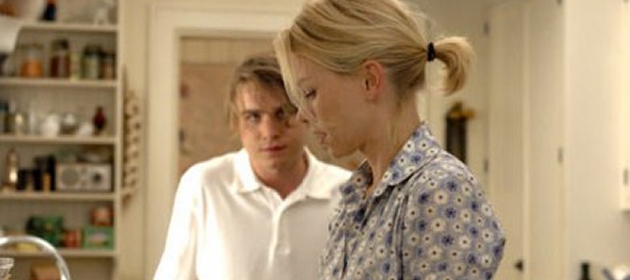
From Michael Mann we go to Michael Haneke, who in 1997 became notorious after premiering “Funny Games”, which developed into somewhat of a cult classic. The story is quite simple: a happy family consisting of a woman, her husband and their child are at their vacation house. Two polite young boys knock at the door asking for some eggs. As soon as they can, they enter the house, tie up the family, and start torturing them and playing their titular “funny“ games with them.
It’s no surprise that such a film would garner quite some attention. Especially because Haneke obviously isn’t just making a torture porn horror film. Instead, the film is quite an obvious commentary on violence in film and how audiences can watch violent films with a certain pleasure.
Haneke makes sure to make the viewer feel quite uncomfortable; with the torturers addressing the audience several times, asking if they should go on with their deeds, our responsibly for what is going on in the film is more than implied. Unsurprisingly, the film has its diehard defenders who find the theme and the way this theme is dealt with quite profound, or at least strong and important.
Violence on screen not having any real consequences is definitely a Hollywood problem. Yet many people also find the film to be unbearably lecturing, with Haneke constantly wagging his finger in the background and telling audiences how terrible they are for enjoying such horrible images, which he put up on the screen in the first place. Even bigger names in cinema, like the French filmmaker and critic Jacques Rivette, called the film “a disgrace”.
Ten years later, Haneke got the money to make a remake of the film in the US. He cast Naomi Watts and Tim Roth as the parents, but aside from these obvious changes, he basically tried to make the same film over again. Just like Gus Van Sant’s “Psycho”, “Funny Games” is a shot-for-shot remake of the original.
5. Cecil B. DeMille (The Ten Commandments 1923 version/ 1956 version)
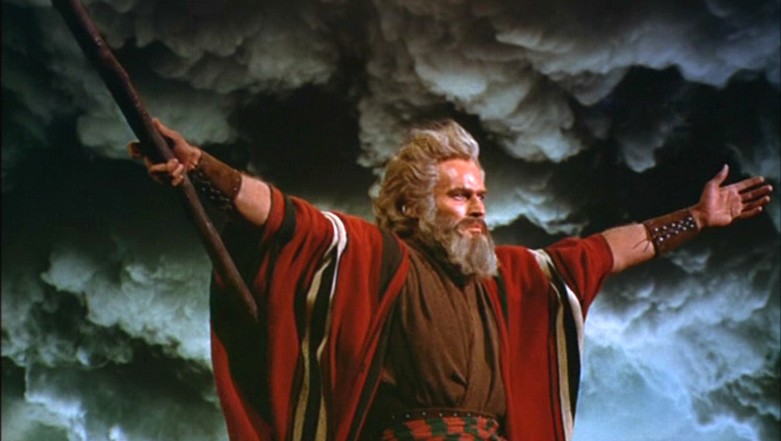
Cecil B. DeMille’s epic “The Ten Commandments”, starring Charlton Heston, is probably one of the most famous epic films to have ever been made. Some of it’ images (Moses parting the Red Sea) have burned themselves into the collective memory and become synonymous with the history of cinema itself. Not much can be written about the film, or Mr. DeMille, that hasn’t already been said over and over.
The film, while seemingly out of fashion these days, has basically set itself into stone as part of the canon of cinema, DeMille is probably the prime example of the megalomaniac director, directing epic films yelling through a megaphone. A probably lesser known fact is this: the film version of “The Ten Commandments” that we know and love is a remake of DeMille’s version of the same story from 1923.
So what are the differences? The 1923 version is a silent film and shot in black and white, while obviously the newer film has color and sound. Yet there is a much bigger and stranger difference. While the well-known version from the 1950s tells the story of Moses freeing the Israelites from Egypt throughout its entire runtime, this story only makes up the first third of the 1923 version. The rest of the film takes place in modern day and tells stories of how we can live according to the commandments in our day and age. While the first third of the original film is well received, the last two thirds that play in modern day are remembered as quite melodramatic and cheesy.